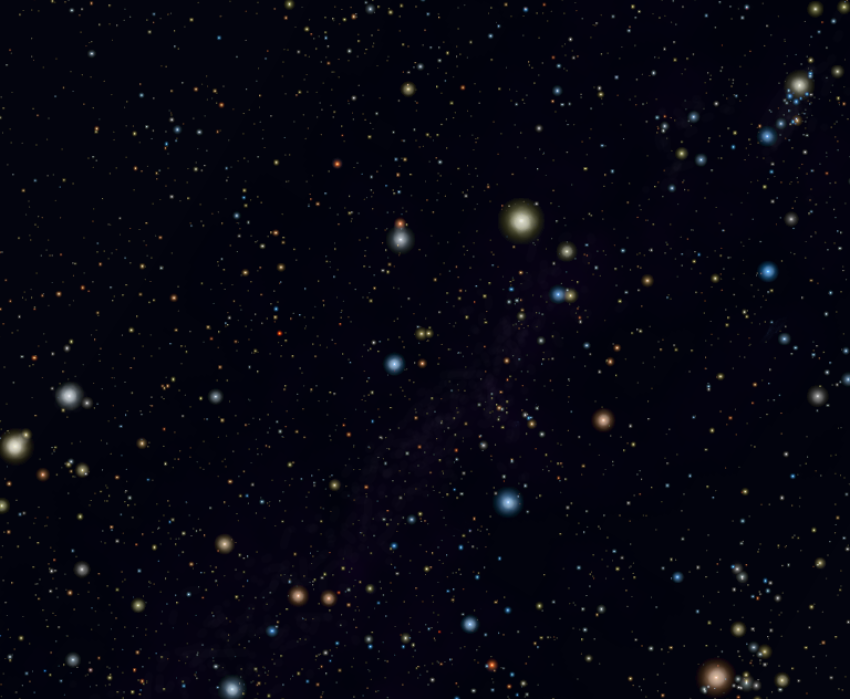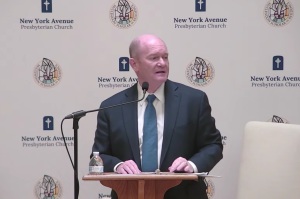A Message from Aliens? Scientists Detect Multiple Radio Signals From Same Spot in Deep Space
As some scientists are researching the possibility of sending messages to contact distant planets in the search of extraterrestrial life, others are wondering if intelligent beings in the universe are already trying to contact us on Earth.

Scientists have reported the detection of powerful radio signals emanating from a location in deep space far beyond our galaxy, and not for the first time. Similar signals were detected from the exact same location -- the Auriga constellation -- earlier this year and in 2012.
Astronomers at the Green Bank Telescope in West Virginia and the Arecibo Observatory in Puerto Rico detected six new fast radio bursts (FRBs) from the Auriga constellation, according to a recent report published in The Astrophysical Journal.
A total of 17 such FRBs have now been detected from the cluster of stars, situated about 3 billion light years away from the Milky Way galaxy, which has been dubbed FRB 121102 by researchers.
What is a Fast Radio Burst?
A fast radio burst is an astrophysical phenomenon that occurs when a transient radio signal materializes for a fraction of a second in space. These radio signals, while having very short durations of existence, are extraordinarily bright and generate energy equivalent to the amount produced by the Sun in one day.
What does it all mean?
The fact that not one or two, but seventeen FRBs have been detected originating from the same region in space is cause for speculation amongst scientists.
Repeating FRBs have a 1 in 2,000 chance of being coincidental, stated a paper published in 2015 by physicist John Learned, with the University of Hawaii at Manoa, and Michael Hippke, with the Institute for Data Analysis.
The cause behind the emittance of these FRBs is still up for conjecture. Some astronomers hypothesize a dense star or the manipulations of a manmade spy satellite to be behind the signals, while others believe them to be the cause of solar flares from a distant neutron star.
But, once again, the fact that the signals are repetitive and emanating from the same location in deep space gives validation to the theory that they are messages from far-off intelligent beings.
Earlier this year, a team of astronomers from Laval University of Quebec, analyzed the spectra of 2.5 million different stars using data from the Sloan Digital Sky Survey. They discovered that the signals were being produced by at least 234 different stars in a small cluster, according to the New York Post.
"We find that the detected signals have exactly the shape of an ETI [extraterrestrial intelligence] signal," wrote Ermanno Borra and Eric Trottier in the paper.
However, the skeptics still outnumber the believers.
Borra and Trottier also acknowledge that their hypothesis requires work. "Although unlikely ... there is also a possibility that the signals are due to highly peculiar chemical compositions in a small fraction of galactic halo stars," they state in their paper.
Breakthrough Listen — a $100 million global endeavor to find alien life, backed by Stephen Hawking and Mark Zuckerberg — commented that the signals though make for interesting research, are not conclusive enough to prove the existence of extraterrestrial beings.
"It is too early to unequivocally attribute these purported signals to the activities of extraterrestrial civilizations," the organization said in a statement. "Extraordinary claims require extraordinary evidence."



























